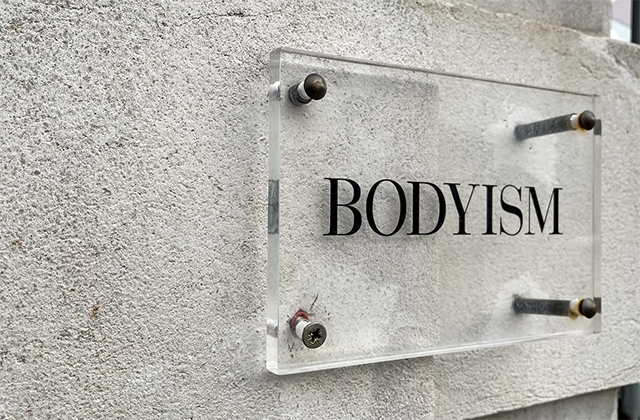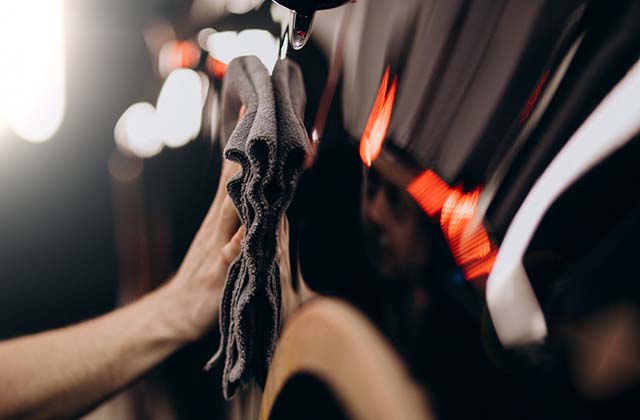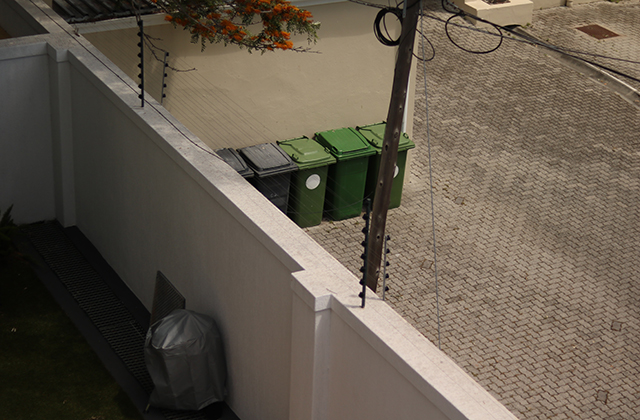Introduction
What’s the best way to get your brand out there? It depends on the scale of your company, but chances are you’ve thought about advertisements in magazines or on television. One way to use your budget more effectively is with vehicle wraps. These are vinyl decals that can be placed on cars, trucks, boats and more. While they don’t exactly scream “professional” when compared to traditional marketing methods like magazine ads or billboards, vehicle wraps have proven themselves as some of the most cost-effective ways for businesses to advertise their brands. Stickers Sydney that has been stick in a car are effective in promoting your new business.
Vehicle wraps are one of the most cost-effective marketing tools available, if you don’t count free e-mail marketing. Wraps allow you to place your brand directly on the side of a vehicle, a space that would otherwise be dead real estate.
Vehicle wraps are one of the most cost-effective marketing tools available, if you don’t count free e-mail marketing. Wraps allow you to place your brand directly on the side of a vehicle, a space that would otherwise be dead real estate. They can be used for a variety of purposes and are used by some of the biggest companies in the world.
For example, Apple’s iconic advertising campaign used large vans with images printed across their sides to promote their new products and entice customers into buying them. Starbucks has also been known to wrap vehicles in their logos and colors as part of an advertising campaign targeted toward college students studying at local universities or high schools with Starbucks locations nearby.
Communicate your message in a second or less.
The first thing you should do is keep your design simple. If it takes more than a second or two to understand what’s being communicated, then you’re overcomplicating things. Take the time needed to get your message across quickly and clearly so that it can be shared with as many people as possible.
A great way to do this is by using bold text and using easy-to-read fonts like Helvetica, Arial or Verdana (which we’ll talk more about later). Another option would be using just one color – making sure that color stands out against whatever background you’re putting your vehicle wrap on! It’s also important not to use too many fonts; choose one bold font design that speaks volumes without looking cluttered on the car.
Finally – avoid using too many images or lines of text because they’ll take away from each other instead of adding value together!
Think about what matters most to your audience and how to draw that out with strong imagery and bold text. Think about how people will see this from across the street or across the parking lot. Keep it simple!
You need to think about what matters most to your audience, and how to draw that out with strong imagery and bold text. This is a great time to ask yourself: What are people looking for when they see my vehicle wrap? Do they want information on the product or service I provide? Is it a message that could be communicated in just one word or phrase? Or do they want something more complex that requires more explanation and detail?
Once you’ve determined the answer, keep it simple! Your goal should be for people to remember your message even after they drive away from your truck. It’s also important not only for them to understand what you’re saying but also why you’re saying it – so make sure that there’s an emotional component in both the design itself as well as any copy (e.g., “We pride ourselves on our customer service” versus “We believe we offer great customer service”).
Good design can make your vehicle wrap look amazing!
If you want your vehicle wrap to look great and be effective, follow these guidelines:
- Keep it simple. The more complex your design is, the harder it will be to read. Make sure that any text on a vehicle wrap is large enough to be read easily at a distance (at least 3-4 ft) and in all weather conditions. If you have any questions about what size font would work best for your project, talk with a local printer or sign company for advice.
- Use bold graphics and color contrasts instead of intricate designs with lots of small details that can’t be viewed from far away. Remember that people are driving by quickly—it’s hard for them to focus on something as small as an image if there’s also text next to it! Try choosing one thing from each category: color contrast (for example blue text on red background), style contrast (classic script versus block lettering), form contrast (rounded letters versus angular ones), etc… The more variety you have in the elements within each category, the better; but keep things simple overall by not mixing too many different styles together at once!
- Make sure everything looks good together before printing anything out because once something goes onto paper/vinyl/etc., there’s no going back! If possible try creating mockups using good quality templates such as those found here: https://www
Conclusion
Vehicle wraps are a great way to get your brand out into the world and on eye level with potential customers. I have found that using bold images, simple text and good design can really make an impact. If you’re looking for more information about vehicle wraps or any other type of custom advertising, give us a call. We’d love to chat! Click here for stickers advertising.



